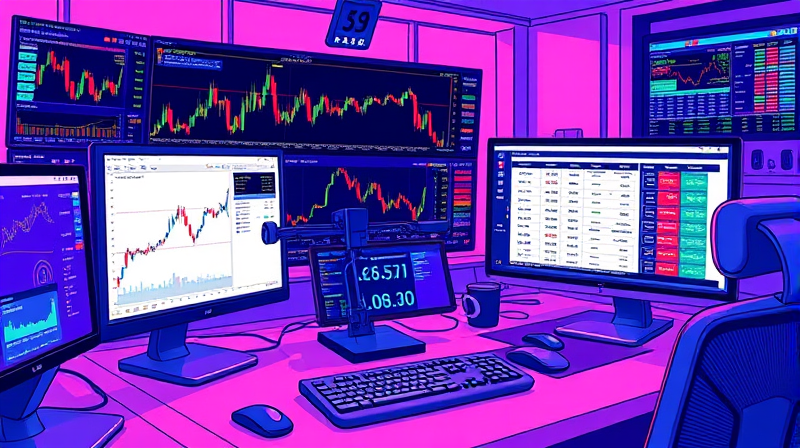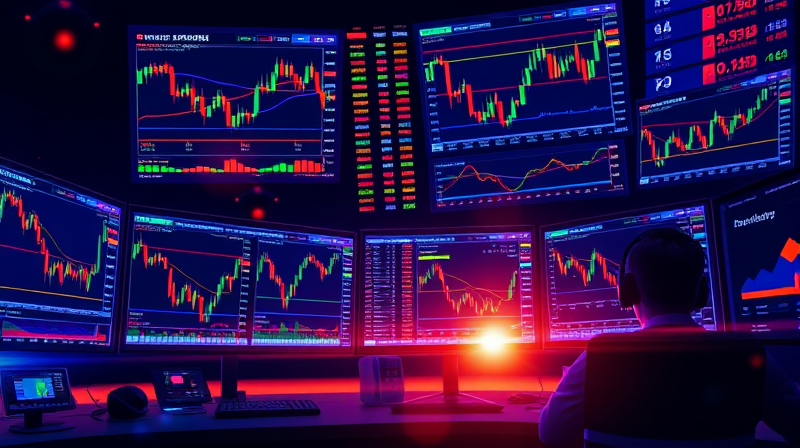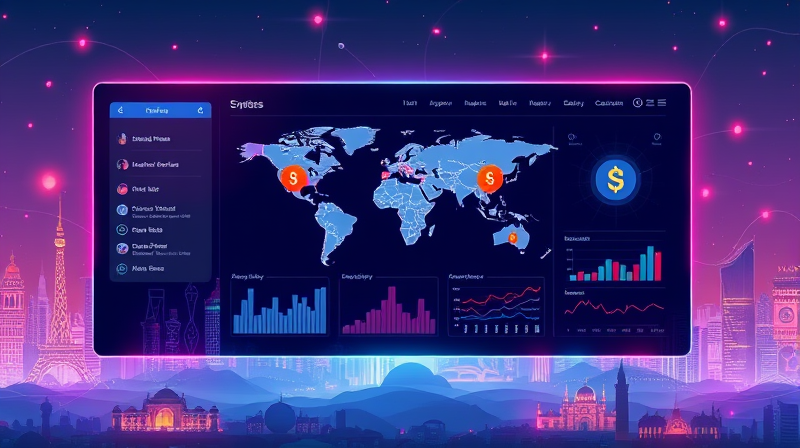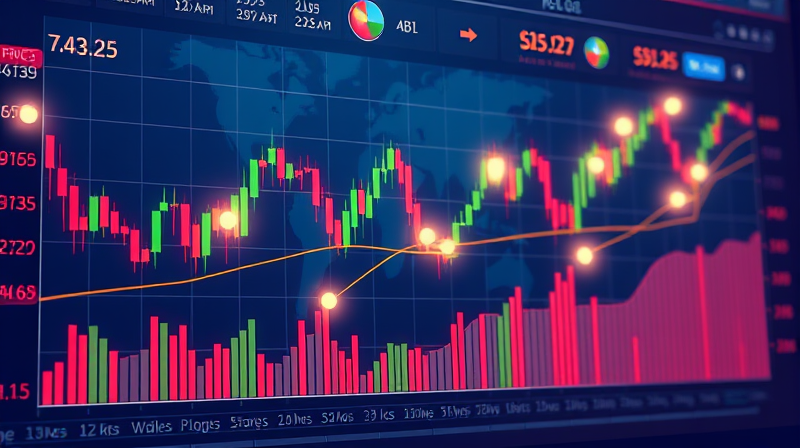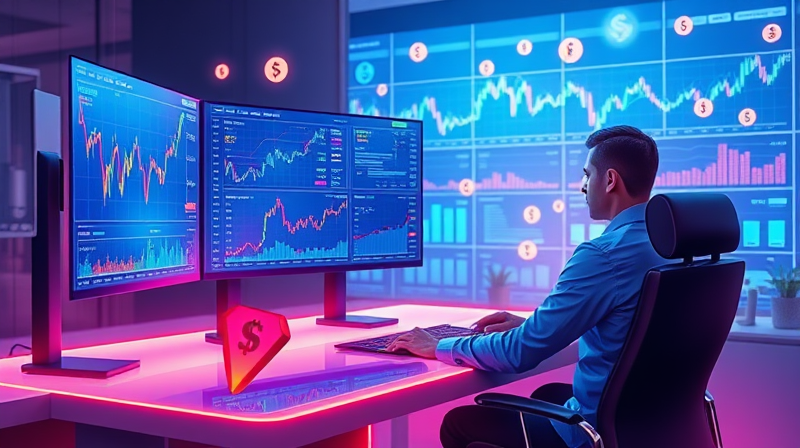
Stepping into the complex world of financial markets can feel like navigating turbulent skies without a map. Fortunately, paper trading offers a risk-free rehearsal stage where aspiring and seasoned traders can refine their approach before committing real capital. By immersing yourself in a simulated environment, you gain essential insights and build practical skills, laying the groundwork for future success.
Paper trading is a digital or manual simulation of real market conditions that enables traders to execute hypothetical buy and sell orders without involving actual money. Historically, early investors recorded transactions on paper or spreadsheets. Today, sophisticated platforms such as thinkorswim®, TradingView, and Zerodha provide live market data and interactive interfaces for more realistic practice.
This method allows individuals to track virtual portfolios, analyze performance metrics, and experiment with order types. Unlike backtesting, which relies on historical data only, paper trading unfolds in real time, exposing users to unfolding market dynamics as they happen.
By offering a simulate real market conditions, paper trading bridges the gap between theoretical knowledge and hands-on experience, making it an indispensable tool for those aiming to enter live markets with confidence.
Entering live trading without prior practice can lead to costly errors. Markets move rapidly, and even a slight misunderstanding of order execution or position sizing can erode capital quickly. Paper trading acts as a flight simulator, giving traders the freedom to fail safely and learn from mistakes without facing actual consequences.
Novices gain a comprehensive understanding of market mechanics, from limit orders to stop-loss settings. At the same time, veteran traders can validate new algorithms, refine risk management techniques, or adapt to changing volatility regimes. With a structured simulation, individuals can identify weaknesses and optimize strategies before they impact real finances.
Paper trading delivers numerous advantages that enhance both skill development and psychological preparedness:
Despite its many strengths, paper trading cannot replicate every aspect of live markets. A primary drawback is the absence of genuine emotional stakes: without actual money on the line, the adrenaline of risk and fear of loss are muted. This lack of real consequences can foster overconfidence or complacency.
Simulated environments also often deliver near-perfect order execution simulation. In reality, issues such as slippage, partial fills, exchange latency, and commissions can materially affect trade outcomes. Additionally, the psychological impact of drawing down real capital or celebrating tangible profits is impossible to mirror in a virtual setting.
Being aware of these gaps ensures you treat your simulated results as informative but not definitive, preparing you mentally for the nuances of live trading.
Understanding how paper trading differs from live trading helps you set realistic expectations when transitioning. The following table highlights key contrasts:
This comparison underscores the importance of not relying solely on paper-trading performance. While impressive simulated returns can boost morale, anchoring too much confidence on them may lead to frustration when live trades perform differently.
To extract maximum value from simulated trading, consider the following guidelines:
Moving from simulation to real trading can feel like stepping onto a different playing field. To ease this shift, adopt a gradual approach. Begin with a small live account—perhaps 5-10% of your intended capital—and apply the same rules refined in paper trading. This allows you to experience real market pressures without risking your full allocation.
Over time, increase your live exposure as you consistently meet performance and risk benchmarks. By doing so, you transition smoothly into live markets while preserving both capital and confidence.
Long-term success hinges on more than just profitable trades; it requires discipline, adaptability, and ongoing education. Continue using paper trading to test incremental changes, such as adjusting stop-loss distances, modifying position sizes, or exploring new indicators. This iterative cycle of practice, feedback, and refinement fosters resilience and ensures that your trading approach can evolve alongside shifting market regimes.
Additionally, stay informed about macroeconomic developments, regulatory changes, and emerging technologies. Integrating new knowledge into your simulated environment helps you anticipate challenges and seize opportunities before they become mainstream.
Paper trading serves as a powerful tool for anyone seeking to enter financial markets with a robust foundation. By eliminating real-world stakes, it provides a dedicated space to learn mechanics, refine strategies, and develop emotional discipline. While simulations cannot capture every nuance of live trading, they significantly reduce the learning curve and help traders avoid costly early mistakes.
Remember to treat your practice with seriousness, track your performance methodically, and maintain a gradual transition plan. With patience, persistence, and a structured approach, paper trading can pave the way for confident, informed, and successful participation in live financial markets.
References







